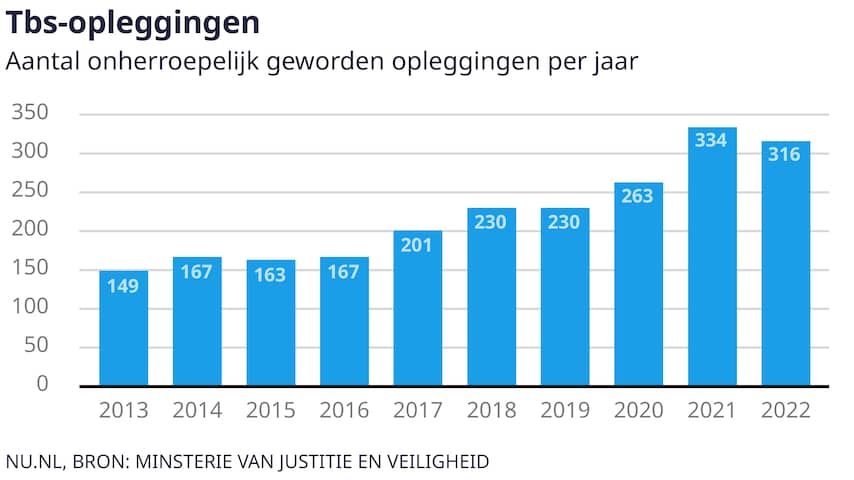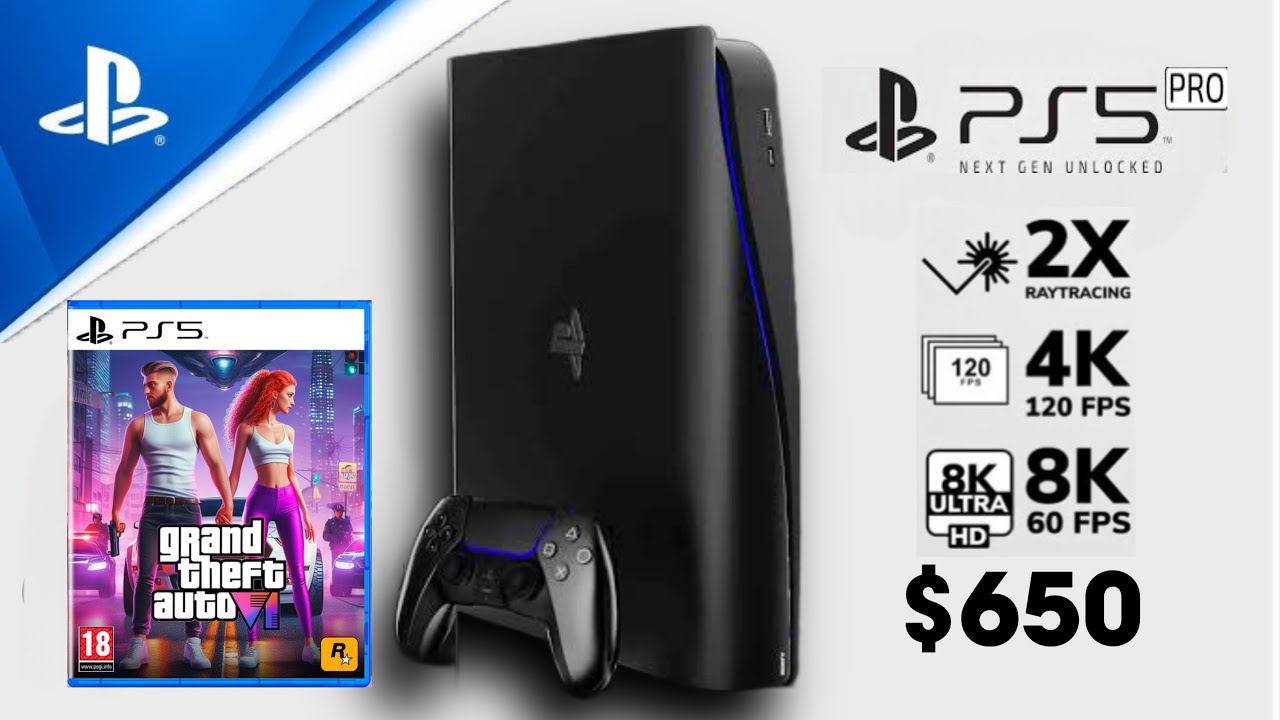Fortnite Cosmetic Policy Update: A Refund Case Study

Table of Contents
Understanding the Fortnite Refund Policy
Epic Games' official stance on refunds for cosmetic items is that they are generally non-refundable. This is a common practice in the gaming industry, as digital goods are easily replicated and difficult to track. However, the current Fortnite refund policy offers some exceptions, representing a slight improvement over its more restrictive predecessor.
The previous policy was notoriously inflexible, offering almost no recourse for players who accidentally purchased items or experienced technical difficulties. The current criteria for a Fortnite item refund, while still limited, include:
- Unintentional Purchases: Purchases made accidentally, such as clicking the wrong button or a mistaken purchase due to a confusing interface.
- Technical Issues: Problems on Epic Games' side that led to the purchase, such as server errors preventing a proper cancellation.
- Account Compromise: Purchases made while your account was compromised. Proof of unauthorized access is required in this case.
However, the policy has significant limitations:
- Time Limits: Requests must typically be submitted within a short timeframe (often a few days) of the purchase.
- Limited Number of Refunds: Players might only be eligible for a limited number of refunds over a specific period.
- Specific Item Restrictions: Certain items, especially those offered for a limited time, may not be eligible for refunds.
Epic Games provides examples of eligible and ineligible refund requests in their official support documentation. Carefully reviewing this documentation is crucial before submitting a request.
The Case Study: A Player's Experience with the Fortnite Refund System
This anonymized case study concerns "Player A," who accidentally purchased a rare skin costing 2000 V-Bucks during a stressful gaming session. Player A clicked the purchase button while rapidly responding to in-game events, not fully realizing the action they were taking. They immediately realized their mistake and contacted Epic Games support within minutes of the purchase.
Player A detailed the circumstances of the purchase, emphasizing the accidental nature and providing screenshots of their in-game chat log showing the chaotic situation. They meticulously explained their frustration and requested a refund, following the guidelines on the Epic Games support site.
After several days, Player A received a response. Their refund request was approved, and the 2000 V-Bucks were returned to their account. Player A expressed relief and appreciation for Epic Games' responsiveness in resolving the situation.
Analysis of the Fortnite Refund Process
Based on this case study, the Fortnite refund process demonstrates some efficiency and responsiveness. Player A's request, albeit successful, involved a delay. Clarity in the process could be improved. The policy information, while available, could be more concise and user-friendly.
- Pros: The possibility of refunds for unintentional purchases is a positive step. The system showed responsiveness in at least one instance.
- Cons: The strict time limits and limitations on the number of allowed refunds make it difficult for many players. The lack of a standardized timeline for responses is also a concern.
Comparing Fortnite's Refund Policy to Competitors
Compared to other major online games like Call of Duty or Valorant, Fortnite's refund policy remains relatively strict. While some competitors offer more flexible refund options or less restrictive criteria, many adopt similar policies regarding digital goods. The key difference often lies in the level of customer service support and the responsiveness of the developers in handling refund requests.
Legal Aspects and Consumer Rights
Relevant consumer protection laws, varying by region, may influence Epic Games' refund policy. These laws often offer certain consumer rights regarding digital purchases, particularly if there are misrepresentations or significant technical issues involved. If a refund request is unfairly denied, consumers might explore legal avenues or contact consumer protection agencies for assistance.
Conclusion
This case study provided an in-depth look at Epic Games' revised Fortnite cosmetic policy, focusing on the complexities and practicalities of their refund system. We examined a specific instance to highlight both the strengths and weaknesses of the current process, comparing it to industry standards and considering legal aspects. The analysis reveals areas where improvement is needed for greater transparency and fairness. Improving clarity and streamlining the application process could significantly benefit players and enhance the overall user experience.
Have you had an experience with the Fortnite refund policy? Share your own case study in the comments below. Let's continue the discussion on improving the Fortnite Cosmetic Policy and advocating for better consumer protection in the gaming world. Understanding the nuances of the Fortnite refund policy is crucial for all players.

Featured Posts
-
 Bof A On Stock Market Valuations Reasons For Investor Calm
May 02, 2025
Bof A On Stock Market Valuations Reasons For Investor Calm
May 02, 2025 -
 Game Name A Surprisingly Good Ps Plus Game For 2024
May 02, 2025
Game Name A Surprisingly Good Ps Plus Game For 2024
May 02, 2025 -
 Kshmyr Ky Jng Pakstan Ka Mwqf Awr Ealmy Bradry
May 02, 2025
Kshmyr Ky Jng Pakstan Ka Mwqf Awr Ealmy Bradry
May 02, 2025 -
 Lange Wachttijden Tbs Klinieken Een Jaar Wachten Is Geen Uitzondering Meer
May 02, 2025
Lange Wachttijden Tbs Klinieken Een Jaar Wachten Is Geen Uitzondering Meer
May 02, 2025 -
 Blay Styshn 6 Mwasfat Ser Wtarykh Alisdar Almtwqe
May 02, 2025
Blay Styshn 6 Mwasfat Ser Wtarykh Alisdar Almtwqe
May 02, 2025
